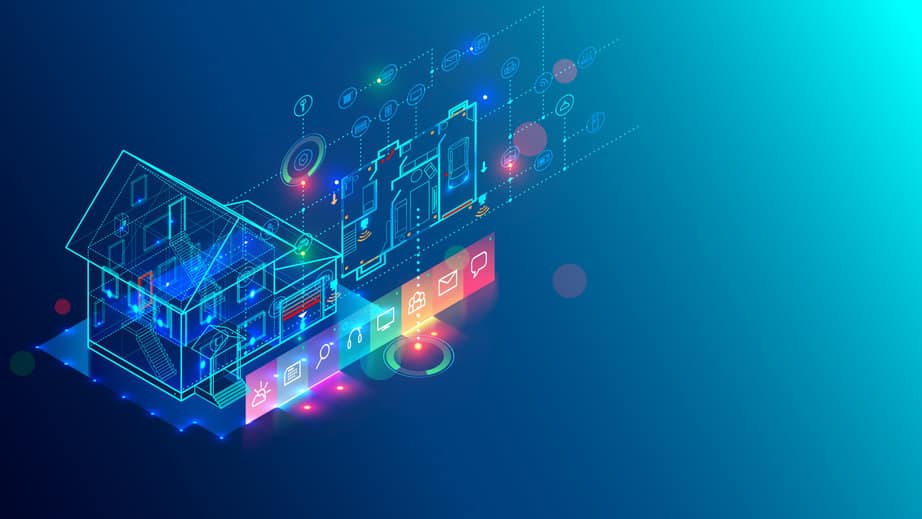Medical equipment has developed quickly as of late because of technological advances and a developing understanding of human physiology. New tools are continuously emerging, providing new approaches to diagnose, treat, and screen patients. These advancements significantly influence patient care, making it more accurate, successful, and available.
Medical Grade Embedded Technologies
Embedded systems generally use an operating system and a processor to respond progressively with limited resources, particularly in critical circumstances.These systems incorporate chips, DSP (digital signal processors) or converter microcontrollers, memory for data capacity, sensors, actuators, and different interaction points.
Medical-grade embedded innovations are often refreshed to decrease their size, boost their processing power, and use programmed automatic technologies to offer better treatments and prescriptions to patients. Reaching out to embedded systems expert will be helpful if you need more clarification.
Advancement in Healthcare Via Embedded Systems
One of the most noticeable utilizations of embedded systems in medical and biomedical services is the improvement of wearable clinical devices. These innovative gadgets are intended to screen different physiological parameters, such as pulse, blood pressure, and blood glucose levels, giving persistent and continuous information to medical experts.
The applications of embedded systems in medical care and biomedical assume a critical role in empowering these wearable gadgets to work flawlessly. They work with data procurement, handling, and transmission, guaranteeing precise and incredible monitoring of crucial signs. Furthermore, embedded systems in wearable clinical devices frequently use AI calculations for advanced data analysis and pattern recognition. This enables early detection of potential medical problems and timely interventions.
In key care settings, patient monitors incorporated with embedded systems often screen important signs, such as pulse, blood pressure, and oxygen immersion. These tools utilize sensor arrays to obtain physiological data, which is then processed and shown in an easy-to-use interface. Alarms and alerts set off by predefined thresholds allow medical providers to mediate immediately, thereby upgrading patient outcomes and safety.
The advent of wearable clinical devices represents another outskirt in medical care empowered by embedded systems. From constant glucose screens for diabetes management to smart inhalers for respiratory circumstances, these gadgets enable patients to proactively screen their well-being. Also, embedded sensors track physiological parameters and send data wirelessly to cell phones or cloud-based platforms, empowering remote monitoring and customized medical intercessions.
How Embedded Systems Are Shaping Human Lives
Furthermore, embedded systems have been valuable in other ways, some of which are listed below.
Smart agribusiness
Embedded systems are changing agriculture practices through smart cultivating strategies. These systems screen soil moisture, temperature, and other ecological parameters, empowering accurate irrigation and advanced resource use.
Industrial automation
Also, embedded systems are at the core of industrial mechanization, advancing manufacturing processes and better efficiency. They control robots, machinery, and assembly lines, optimizing tasks, lessening errors, and improving productivity.
IoT (Internet of Things)
The IoT has altered how we relate to everyday objects. Embedded systems empower tools to connect with the web, working with steady communication and data exchange.IoT applications span wearable gadgets, smart homes, medical monitoring, industrial automation, etc. These frameworks empower remote control, continuous monitoring, and decision-making driven by solid comfort, better efficiency, and safety.
Conclusion
Embedded systems have become crucial components of modern medical gadgets, driving improvements in diagnosis, treatment, and patient care. From implantable tools to wearable sensors, these systems empower clinicians to convey quicker interventions and enable patients to proactively manage their health.
